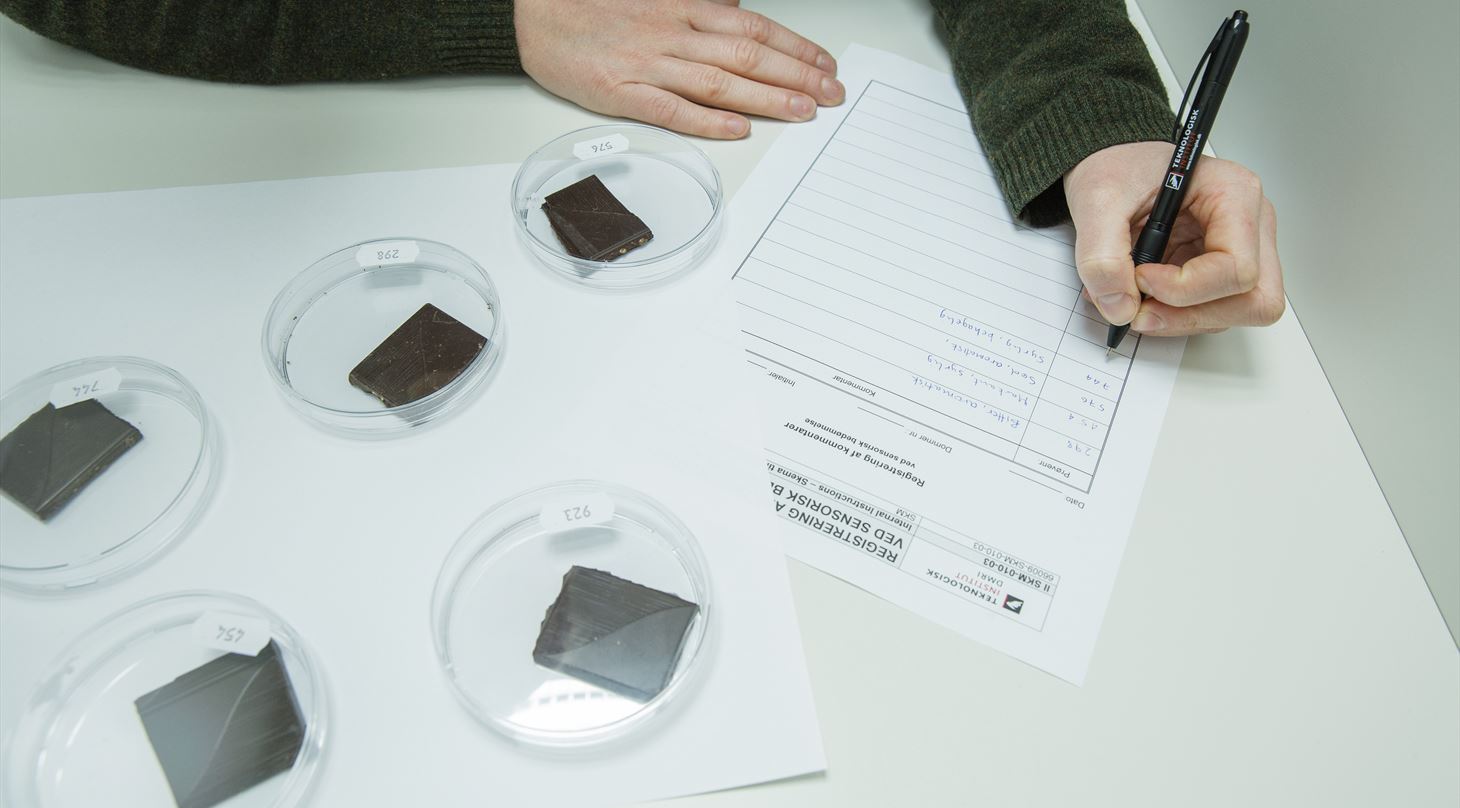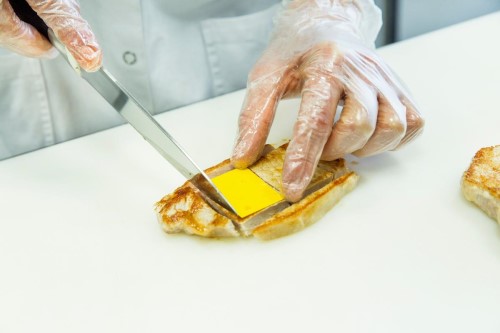
Rapid sensory methods
A rapid sensory method can be both implemented and performed quickly, since minimal training is required prior to the assessment, and it is usually conducted with only few or no repeated assessments of the same product.
The knowledge gained from a rapid method is useful in, for example, a product development situation, where you need to know what direction to take. There are different methods that can be used either by a trained panel (DMRI’s or the company’s own panel), by an expert panel, or by a panel of consumers (e.g., your colleagues, who are asked to do the test during a lunch break).
The following methods can be used, depending on what you need to investigate:
Pairwise comparison
The method is based on a comparison of a product with a reference (pairwise comparison) based on predefined attributes. The method can be used when changing your ingredient supplier or modifying recipes, but also when evaluating shelf life or handling complaints. Trained assessors or experts should be used for this method.
Projective Mapping
Mutual sensory differences and/or similarities in a given number of products are assessed by placing the products on a blank sheet of paper in accordance with these sensory perceptions. The mapping can either be global (free choice of perceptions, such as appearance, odor, taste, and texture) or partial, where the assessors only evaluate the products in terms of a specified attribute, e.g., texture. At the same time, the assessors record the attributes they think best describe the samples. The method can be used as a screening method in connection with product development, for comparison of competing products, and for shelf life studies. Both trained assessors and consumers/untrained assessors may be used for this method.
CATA (Check All That Apply)
A number of words that are expected to characterize the product are selected, and the assessors choose the words they think suit the product (they check off the words that apply). The words could be holistic words such as sticky, fresh, appetizing, and child-friendly or more descriptive words such as tender, crispy, and yellow. The method can be supplemented by asking how much the assessor likes the product, thereby connecting attributes with like or dislike of the product. This method is particularly suitable for consumers.
Just-about-right
In this method, the assessors evaluate certain specified attributes, e.g., salt, sweet, or hardness, in terms of whether they think there is too little, too much, or just about right (i.e., an acceptable level) in the product. The method is suitable if you do not have a reference to compare with but instead would like to obtain a product with a specified quality. The method is particularly suitable for experts who know what the final quality of the product should be.
Difference tests
The most commonly used difference test is the triangle test. In this test, a set of three samples are given to assessors – two of the samples are alike and one is different. The assessors must simply identify the sample they believe is different. By counting how many times they have identified the correct sample, it is possible to see whether there is a significant difference between the samples. The method is suitable if you just want to know whether there is a statistically significant difference between two samples, e.g., when handling a complaint. This method can be performed by both trained and untrained assessors.
